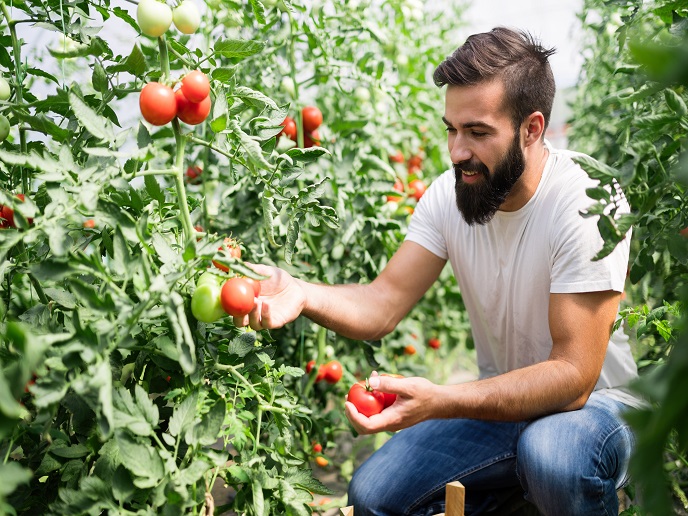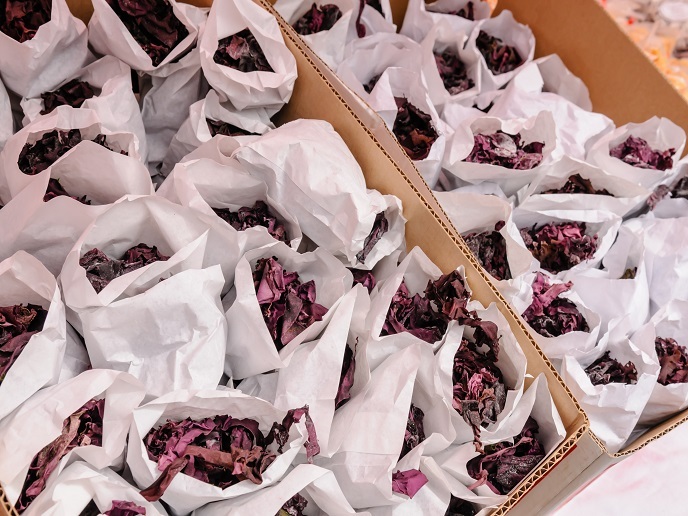Towards a blockchain scenario to guarantee virgin olive oil authenticity
Europe is the world’s largest producer of olive oil. Yet, a combination of growing competitiveness, alongside differing levels of regulation and knowledge, is increasing fraud, as indicated by a 2019 European Commission report. To strengthen official controls and increase consumer confidence, the EU-supported OLEUM project has revised and renewed procedures to better guarantee the quality and authenticity of olive oils. The project identified markers for soft deodorisation, a technology used to remove or reduce sensory defects. The project developed testing for illegal blends with other vegetable oils and produced sensory reference materials to support panel tests. They also developed methods to control product freshness and predict shelf life. Additionally, OLEUM developed an open-source, collaborative platform called OLEUM Databank to host reference and calibration material, alongside a downloadable library of analytical methods. It also established the OLEUM Network, a global community of stakeholders, to share knowledge and results. “OLEUM’s methods should be adopted internationally to harmonise trade standards. Combining information about quality and authenticity with certified production volumes and their geolocation could form a blockchain to counter fraud,” explains project coordinator Tullia Gallina Toschi from the University of Bologna, the project host.
Tools for detection and prevention
The project’s initial research underlined the problem of the illegal mixing of extra virgin olive oils with soft deodorised oils, especially remolido or lampante oils, alongside the fraudulent modification of their natural colour and aroma. Faked declarations of origin were also identified as a problem. To establish the quality of virgin olive oil, and detect fraudulent mixtures, OLEUM developed tools to analyse volatiles along with sensory reference materials to support panel testing. Two methods for detecting fatty acid ethyl esters – the only officially recognised marker for fraudulent soft deodorisation – were developed. Both are faster than pre-existing options. One, using a high-performance liquid chromatography preparative step, was validated in-house, while the other, using solid-phase extraction, underwent a successful peer study, with results soon to be published. To strengthen product labelling, especially related to health claims for ‘olive oil polyphenols’, an ultra-high-performance liquid chromatography protocol was developed to enable evaluation before and after hydrolysis, offering a more accurate picture. OLEUM also developed methods for assessing olive oil freshness, including software to predict ‘best before dates’ based on analytical parameters of acidity, peroxide value and hydrophilic phenol amounts. This also takes into account light levels in storage conditions, which was validated in a real-time shelf life experiment. OLEUM Databank, hosting searchable, real-time experiments, results data sets and documentation, is open for public registration, but may be restricted in the future to national official control bodies. “In conjunction with our OLEUM Network, this tool enables more effective collaboration and harmonisation at a global level,” says Gallina Toschi.
Responsible consumption and production
To increase consumer awareness and confidence, OLEUM ran public activities at events such as European Researchers’ Night and even in cooking schools, using materials such as multilingual infographics, videos and games. Two OLEUM outputs have already been adopted by the market: stock solutions to analyse volatile compounds and two sensory reference materials. The latter were produced with volatile compounds which emulate the olfactory notes of rancid and winey-vinegary aromas in virgin olive oils. “The main target markets are quality control labs. No similar product exists in the market and this approach could be extended to other food products,” observes Gallina Toschi.
Keywords
OLEUM, fraud, olive oil, deodorisation, authenticity, geolocation, colour, aroma, shelf life, blockchain, panel testing, fatty acid ethyl esters, polyphenols







